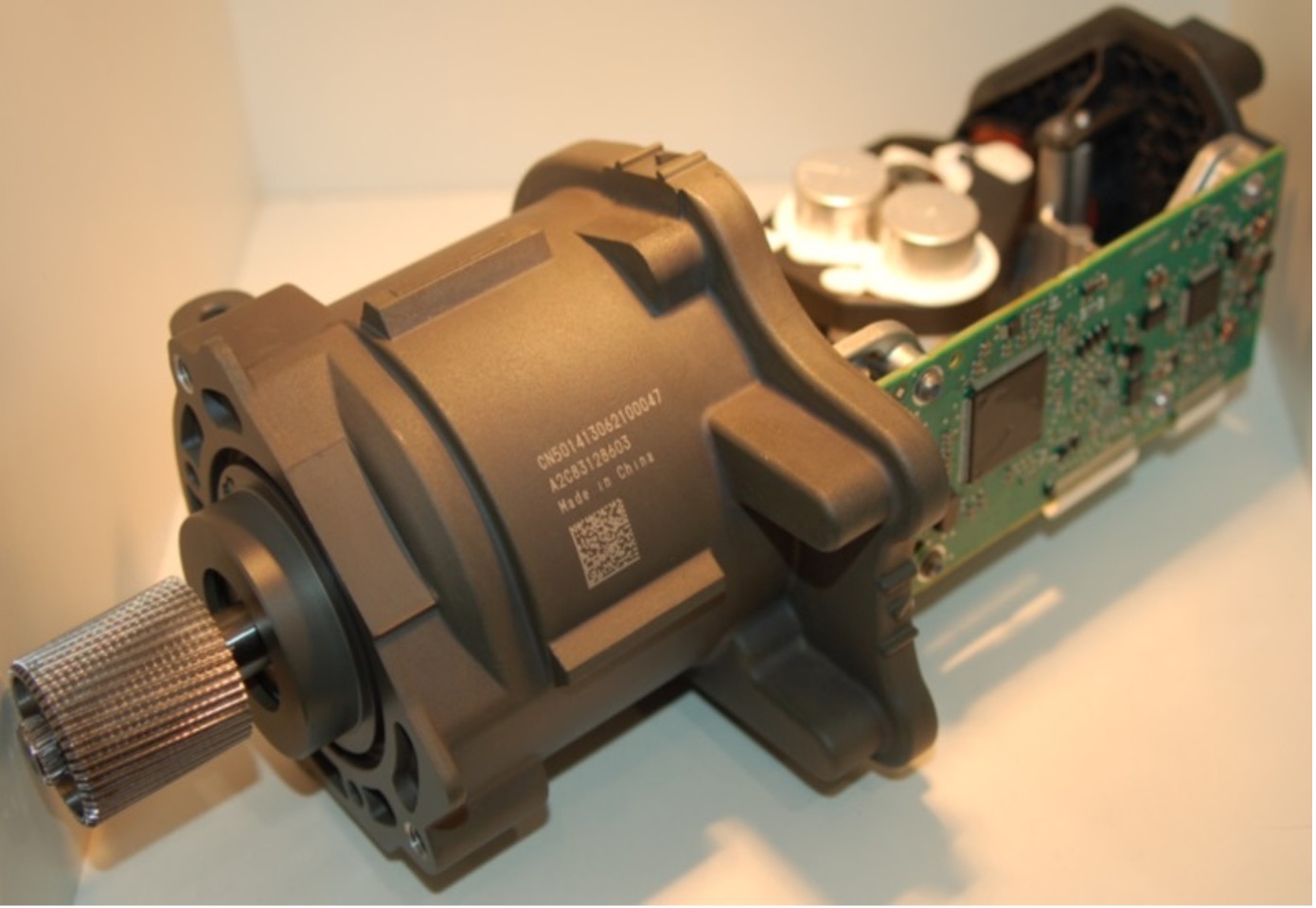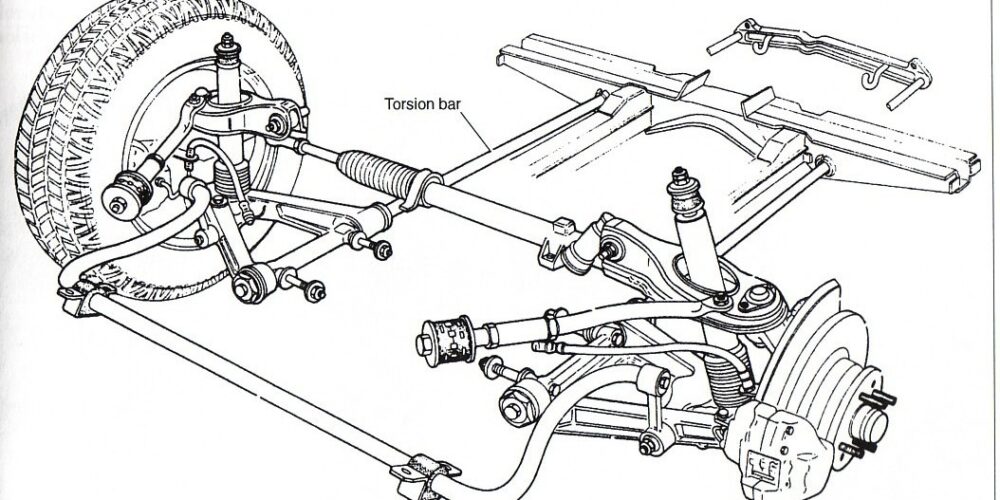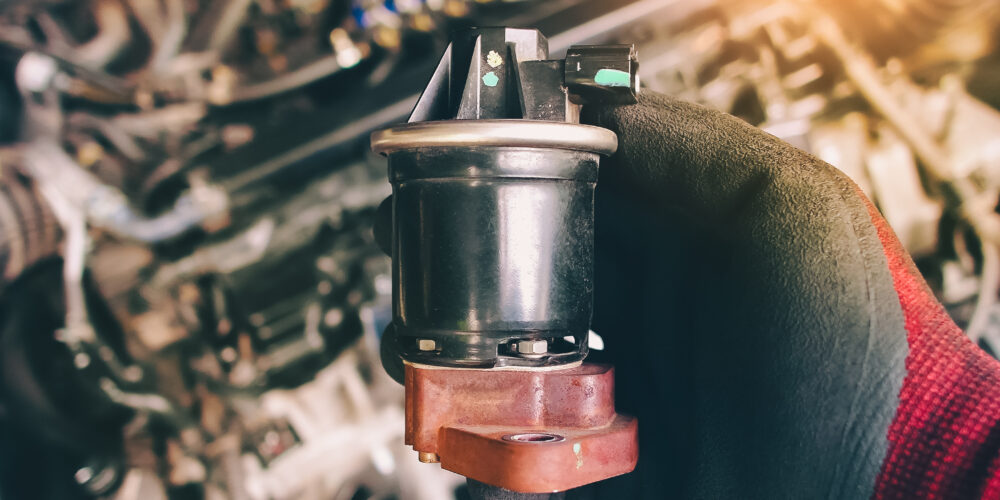EPS, electromechanical power steering
Driving a vehicle is a subject that may never run out of topics. In the article below we present a type which does not have a long history but is unavoidable due to its popularity.
History, characteristics
In 1981 ZF developed an electromechanical power steering but it was not yet ready for serial production due to the space requirements, steering properties and costs involved, so it took a relatively long time to appear on the road. Finally, 24 years later, ThyssenKrupp Presta SteerTec presented a state-of-the-art electromechanical power steering- after that competitors also began serious development.
The expectations for the EPS (Electronic Power Steering) system are as follows:
- The required steering torque during parking should be small.
- The power assist torque build-up should be even without any annoying power assist gaps.
- Establish a definite straight driving position.
- Have good feedback from the road.
- A rapid aid response should be implemented.
- Operate with minimal energy consumption.
Regarding the points mentioned above, the definite straight driving position and the small steering torque during parking can be considered as opposite expectation. This can be solved by making the assistance dependent on speed, which significantly increased costs for hydraulic power steering.
Electromechanical power steering systems currently in production typically increase manual strength by a factor of fifteen.
The biggest advantage is that EPS (Electronic Power Steering) allows fuel savings of 0.4 l/100 km compared to electrohydraulic power steering.
The electromechanical power steering also cooperates with the ESP system and the brake system. The driver sets only one turning request with the steering wheel. If, for example, braking occurs on a road with a different adhesion factor and the car pulls to the side, the ESP system recognizes this and gives instructions for automatic steering correction. It is not necessary, for example, to reduce the braking pressure on one or the other wheel which would increase the braking distance. The importance of systems integration is constantly increasing.
The steering torque and the steering angle can be influenced independently of each other until a certain level.
Advantages
- Pipes, oil tank and pump are not required – this results in significant savings during the production of the car, as installation process becomes easier.
- Since oil has become unnecessary as a working medium, environmental protection aspects are also well presented. This also has many advantages during operation, since it is not necessary to purchase, then collect and transport the used oil.
- The biggest advantage is the available fuel savings, because consumption of current only occurs during during steering.
- Represents greater safety and comfort during operation.
- Its diagnostics are simpler and more efficient than in case of hydraulic power steering.
- Works well with various driving support systems
Increasing active safety with EPS
- In a dangerous driving situation, which is recognized by the electronics of the ESP system, it is possible to warn the driver for example with steering wheel vibration.
- EPS also enables the use of assistance systems. For example, intelligent stabilization in crosswinds using the ESP system. With a conventional steering gear, there is no data transmission connection between the ESP and the power steering. It enables the implementation of the parking assistant.
- It also gives you the opportunity to correct driving errors. For example, in case of unintentionally leaving lane, it warns by vibrating the steering wheel, and intervenes if the driver does not react. Monitoring other lanes during overtaking process. If the lane is not free, it warns and intervenes.
Types
- EPS c – (column): electric motor on the steering column
- EPS p – (pinion): electric motor at the small gear
- EPS dp – (dual pinion): two small gears
- EPS apa – (axis parallel): electric motor parallel to rack and pinion

Types of EPS (from left to right): EPS-c, EPS-p, EPS-apa (source: www. mogi.bme.hu)
Electric motors
The electric motors chosen for EPS must meet very strict requirements, since this unit forms the “heart” of the power steering.
The most important expectations:
- good efficiency,
- as small size and required space as possible,
- high and quickly realizable torque.
It is important to point out that the units which are mounted on the power steering are not serial produced ordinary electric motors, but are specially developed for the given purpose.

EPS electric motor and the directly mounted electronics (source: www.mogi.bme.hu)
In most cases, the control electronics are mounted directly on it. Permanent magnet synchronous motors are most often used, but DC motors are also used in smaller city cars.
The 12 V network (if that’s the case) limits the possibilities. It can be loaded with maximum 80aA only for a short time. This corresponds to a power of 1 kW. Synchronous motors use electronic commutation, which is controlled by the angular position sensor.
The rack requires high power, which means high current consumption (120 A). Together with the high frequency used and the placement of the electronics close to the motor, high demands are placed on the electronics in terms of electromagnetic compatibility. The winding of the electric motor must be protected against short circuits.
EPS electronics
We have already mentioned its installation, so the electronics also deserve a few words. As mentioned above, it is usually mounted directly on the power steering’s electric motor.
Parts:
- Control with microprocessor, which is protected against incorrect operations and constantly checks the system.
- Interface between sensors and electronics.
- Output stage that controls the electric motor.
Communication between the individual sub-units takes place with the help of serial data bus.
Categorization
The practical implementation highly depends on the exact size and price category of the car.
Based on the above approach we can make the following classification:
Compacts (up to C segment)
In this car category, the power requirement is relatively low. The electromechanical power steering, its sensors, the electric motor with the worm drive and the electronics can be mounted on the steering column.
Middle category (segment D)
In these cars, more force is needed for steering on the gear rack. The servo effect is applied to the gear connected to the rack. The mechanical part must also be stronger than the previous category.
Upper category (from segment E)
As the weight of the car is greater, the speed can be higher too, so the load on the front wheels can be greater and therefore the steering power requirement is greater. The electric motor exerts its power directly on the rack via a ball screw drive.













